6 Japanese Minimalist Habits That Help Create a Minimal Lifestyle

Hello. I'm Aki and I am a Japanese minimalist. If you are struggling to keep up with your minimal lifestyle, this article could help you greatly. Today, I'd like to share six habits I’ve learned through personal experiences that help me maintain my extreme minimalist habits.
1. Throw away trash immediately
In Japan, there is a saying which translates to birds of a feather flock together. In my experience, this applies to garbage as well. I find that trash attracts more trash.
If you don’t continuously clean out your trash, before you know it, you'll end up with a pile of garbage, which will obviously interfere with your minimalist lifestyle.
In my home, if I leave cardboard boxes lying around, the amount of cardboard will grow quickly. I see this outside also. I pick up one piece of garbage on the road almost every day when I go walking. I noticed, strangely enough, garbage keeps reappearing in the same place.
Look around your room now. Does your room have any garbage or junk piling up in the same place? If there is, you should throw it away immediately. Getting rid of garbage is the most important step to maintaining a minimalist lifestyle.
2. Throw away, sell, or donate items that you no longer use
Do you have clothes, stationery, or books in your home that you no longer use or barely touch? These things should be thrown away, sold, or donated. People hold onto things they think they’ll use someday. In my experience, that someday will never come. If you have any of these items, please get rid of them.
3. Count and keep track of all your possessions
Recently, I counted everything I have. I went through everything and wrote the name and numbers on the spreadsheet. Then categorized each item. This challenge was beneficial for my minimal life because by doing this, I realized I had so many things I didn’t need.
The process forced me to rethink and reorganize what I have. It helped clarify for me what I needed and didn't need. If you know exactly what you have, it will prevent you from buying the same things.
I know it's hard to count everything you own. Even for me, an extreme minimalist, it took a whole day to count everything. I strongly recommend you give yourself time to try this challenge too.
4. Repair broken items
As a minimalist, I try to repair items rather than buy new things constantly. Repairing broken items is a traditional Japanese art form. Broken porcelain is repaired using lacquer mixed with metals such as gold or silver.
What is unique about this art form is that we create beauty through the process of repair. Beauty made through fixing; I like that idea. This year, I repaired cups, a paper lamp, and shoes. Some might think these repairs don’t look nice, but I think they're beautiful because I did my best.
5. Be content with what you have
In Japan, we have a saying, ‘Ware-Tada-Taru-Shiru.’ This Japanese concept encourages one to be happy with what they already have. Knowing that you’re content will bring peace to your heart.
Seeking new, cutting-edge, or luxurious things disrupts your peace of mind. If you don’t have much but are satisfied and appreciate what you have, you will find peace and satisfaction.
In today’s day and age, social media and TV are constantly sending you the message that you are not enough. You see a celebrity or a famous artist, and all their luxury items create desire. You start to want the cosmetics they use or a cool car like theirs. These desires end up triggering you to buy something new.
Instead of focusing on what you don't have, focus on what you do have. That way, even if you don't have much, you feel gratitude for what you have. Gratitude will help you feel content and prevent you from buying more.
6. Set rules for buying
We all have times when we really want something. Even as an extreme minimalist I fall into this trap. Here are three rules I recommend implementing to help you decide when to buy and when to resist.
A. Buy things that spark joy
This means you should only buy what you are passionate about and excited about. There are people who get excited by finding a great sale, limited editions, or new products. That is not the kind of excitement I'm talking about. I am referring to a feeling that comes from the bottom of your heart. It's similar to love or passion.
B. Ask yourself, do you want to use it every day?
If you're uncertain whether this thing sparks joy, you should ask yourself this question. For example, I wanted a snow-peaking outdoor kimono. I love the outdoors and I love kimonos.
When I asked myself this question, the answer was, ‘no.’ I realized I wouldn’t use it every day and had enough beautiful kimonos. Thank you to the small Aki in my mind.
C. Observe the one-in, one-out rule
This is a simple method of throwing away one item you own after buying something new. This method will raise your standards. The one in one out rule will help you resist impulse purchases because you have to throw away a lot of what you have if you buy on impulse.
Also, if you buy and throw away one thing, you won't have more things. This rule really helped me maintain a minimalist lifestyle.
Japanese minimalist habits
These are the techniques that I've been practicing. Do you have rules that help you with your minimal lifestyle? If you are interested in any of these minimalist rules, please try to use them. Even implementing just one of them will make a difference. Let's pursue a minimal lifestyle together. Stay safe, have fun, and thank you for reading.

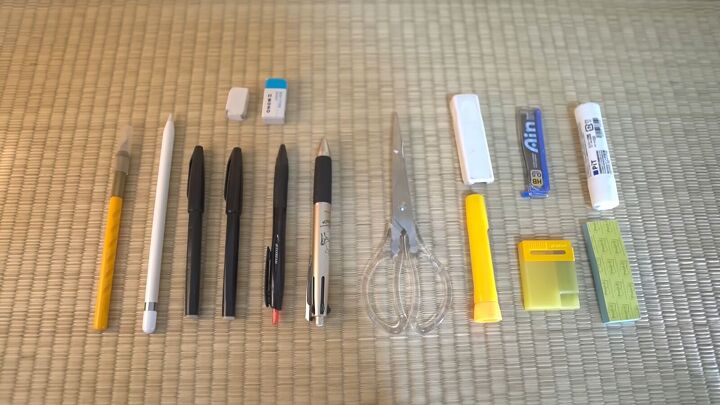





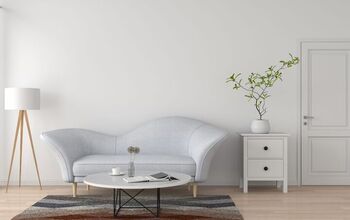
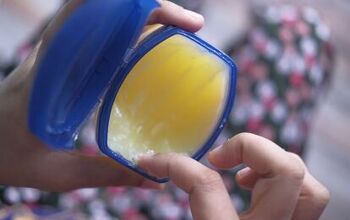

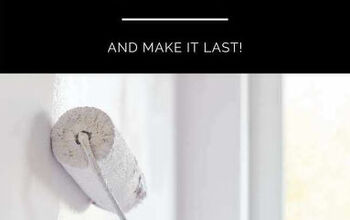
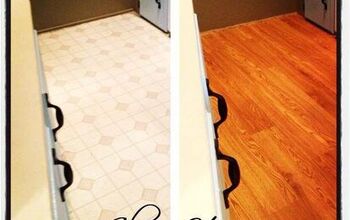



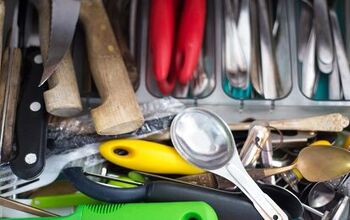



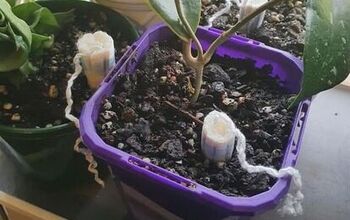
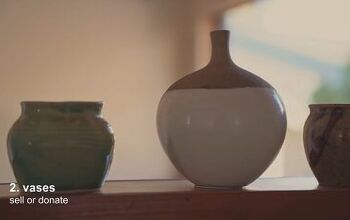
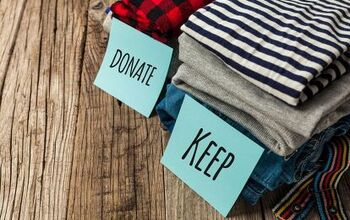



Comments
Join the conversation
I sold a whole house full of 30 years of acquiring and moved into a fifth wheel to travel, now we bought a mobile home and need… a lot of basic things I’m trying to move slowly and only purchase what I truly need. There’s a lot of questions one has to ask oneself.